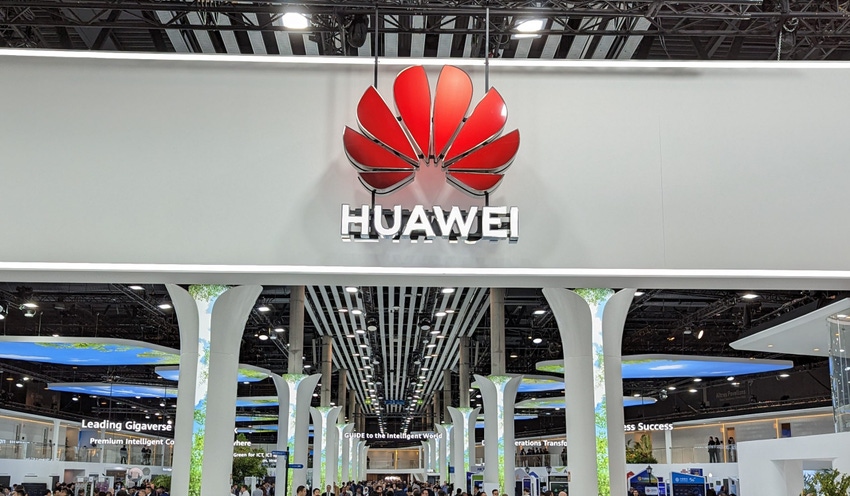Huawei repeats 5.5G clarion call as telco capex stutters
Chinese kit maker Huawei is pressing the industry to push on with 5.5G, but in the current climate, it sounds as much like a plea for spending as it does a vision for the future.
October 12, 2023

Chinese kit maker Huawei is pressing the industry to push on with 5.5G, but in the current climate, it sounds as much like a plea for spending as it does a vision for the future.
The vendor is in Dubai this week, hosting its Global Mobile Broadband Forum together with the GSMA, the GTI, and the SAMENA Telecoms Council. It provides an opportune moment for Huawei to take stock of where the industry is, and help steer its general direction of travel.
For companies like Huawei, an ideal trajectory would point towards network infrastructure spending, which is where its vision for 5.5G, or 5G-Advanced, comes in.
“Technology is changing so fast, and new demands are evolving every day,” said Huawei’s rotating chairman Ken Hu, in a keynote speech. “So our networks need to keep evolving too. Our industry as a whole needs to get ready for the future and maximise the value of investments in 5G – and that’s why we’re working so hard on 5G-Advanced.”
Li Peng, corporate SVP and president of Huawei’s carrier business group, repeated in a separate address what Huawei reckons are the fundamental capabilities of 5.5G networks. These include a minimum of 10-Gbps downlink and 1-Gbps uplink; support for 100 billion IoT connections; native AI capabilities; deterministic networking; and integrated sensing and communication.
“We are already on the right path towards 5G business success, and 5G-Advanced is the natural next step in 5G’s evolution,” Li said.
In a place like the UAE, which according to Ookla boasts median 5G download speeds of 557.6 Mbps – faster than anywhere else on Earth – the upgrade path to 5G Advanced might not look particularly daunting. But for the rest of the world, today’s 5G speeds fall miles short of that.
Globally, Ookla puts median 5G download speeds stood at 168.3 Mbps as of the end of Q3 2022, while uplink reached a modest 18.7 Mbps. A lot of network densification is needed just to catch the UAE, much less get anywhere close to the 5.5G speeds that Huawei has in mind.
Judging by the capex forecasts currently doing the rounds, that is not going to happen any time soon.
Earlier this month, Dell’Oro predicted that global telecom capex – which covers both fixed and wireless network spending – is on course to fall by 7 percent between 2022 and 2025. It also predicted in July that 5G investments over the coming years won’t offset the decline in LTE spending, meaning global RAN revenues are expected to shrink over the next five years.
There is even some doubt as to whether 6G will reverse this trend.
The Next Generation Mobile Network (NGMN) Alliance last month set out its guiding principles for 6G, one of which is that it shouldn’t trigger a hardware refresh of 5G RAN infrastructure.
Vendors would doubtless prefer it if telcos continued to spend billions on network hardware, but confronted with this new reality they are tweaking their strategies to drive more growth from the enterprise market.
This includes Huawei. Hu, in his speech, urged operators to strengthen their capabilities in cloud, industrial application development, and end-to-end system integration in order to seize new opportunities in the B2B market.
“Looking forward, we have lots of work to do,” said Hu. “We need to enhance our capabilities, evolve the technology, create better user experience, scale up in industry, and maximise the value of our investment on 5G.”
This is where Huawei should probably focus its efforts – at least in the short-to-mid-term – rather than wait around for telcos to ramp up their RAN spending.
Get the latest news straight to your inbox. Register for the Telecoms.com newsletter here.
About the Author(s)
You May Also Like











_1.jpg?width=300&auto=webp&quality=80&disable=upscale)


.png?width=800&auto=webp&quality=80&disable=upscale)